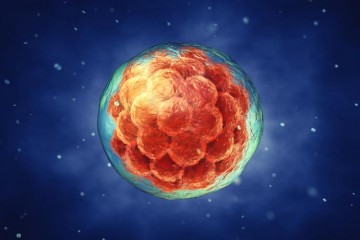CRACK IT Challenge
EASE: Design, Fabrication and Testing of a Mouse Embryo Culture Chip

At a glance
Completed
Award date
January 2017 - June 2019
Contract amount
£ 95,883
Contractor(s)
Sponsor(s)
R
- Refinement
